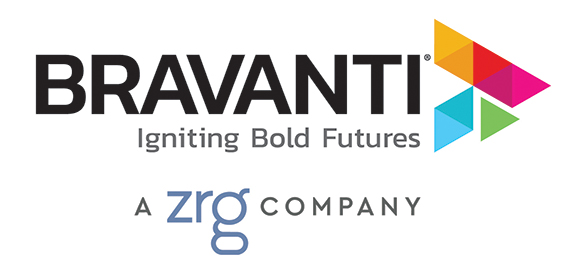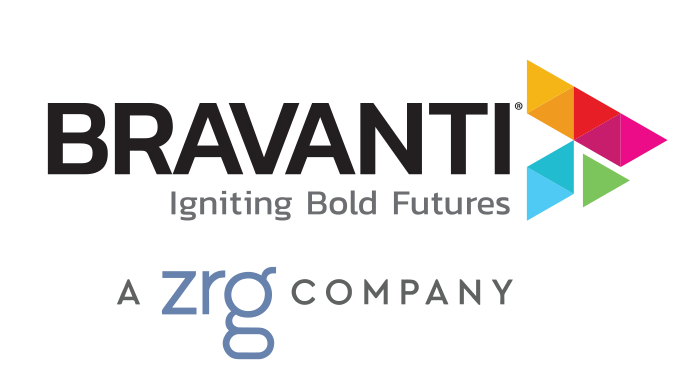For employers around the world, the events of the past couple years have brought into focus the continuing need to prioritize DE&I in the workplace. While the approach and pace of change varies from one organization to the other, there appears to be a renewed energy for the work ahead. And that is good news.
Our firm has seen a dramatic increase in the number of organizations seeking true change in their leadership pipeline development to include women and people of color. We’re hearing directly from the top of these organizations that they want women and people in underrepresented groups to be heard, included, and groomed for leadership positions.
Beyond that, many of these organizations are no longer satisfied with “checking the box” when it comes to diversity and are aiming for a sea change in how they embrace and leverage difference and create inclusion and belonging in the workplace. They are more apt to find real opportunities for change, and recognize both the business case and the cultural imperatives at play.
The Business Case for Diverse Leadership Pipelines
The data supporting diverse workplaces is rarely disputed. Not much is new. But, it is compelling enough to bear restating.
Scientists, economists, and think tanks have proved the business case for diverse leadership pipelines time and time again. The 2018 Delivering Through Diversity report from McKinsey found that:
- Companies in the top quartile for ethnic/cultural diversity on executive teams were 33% more likely to have industry-leading profitability
- Companies in the top quartile for gender diversity on executive teams were 21% more likely to outperform on profitability and 27% more likely to show superior value creation
When people of different backgrounds, beliefs, and experiences are brought together to solve a common problem, the solution impact is far greater. Diversity helps organizations better understand and address the needs of a diverse customer base, providing much-needed insights into their challenges, drivers, hopes, and dreams.
Diversity breeds greater considerations around complex problem resolution, bringing more innovation, creativity, and big-picture thinking to the organization, ultimately serving as an advantage over competitors.
Boston Consulting Group found businesses that reported above-average diversity on their management teams also reported 19% higher innovation revenue than businesses with below-average leadership diversity—45% of total revenue versus 26%—indicating that companies with diverse leadership teams are better able to quickly adapt to changes in customer demand.
Diverse Leadership Pipelines & The Impact on Culture
An organization is only as strong as its culture. Once a business is established as a DEI-driven organization and the leadership pipeline better reflects the marketplace, organizations will stand to gain. For example, when prospective or developing employees from underrepresented groups see representation at increasingly senior levels within an organization, to the message is more clear to them that opportunity exists within the ranks. It demonstrates to them that their ability to advance, grow, and develop as a member of the team will not be restricted based on race, gender, sexual orientation, religious affiliation, disability, or any factor other than individual performance and team contribution. It provides a stickiness to the relationship between employer and employee that supports retention and sustainability.
From a generational perspective, DE&I and corporate social responsibility matter more to Millennials and Gen Y than any previous generation, and they’re demanding that it matter to employers as well. Diversity matters so much to these younger generations that they’re actually redefining what “diversity” is while simultaneously advancing the collective conversation from a focus on “inclusivity” to “belonging.” Given that Millennials will comprise 75% of the workforce by 2025, the collective power these younger generations hold in advancing DE&I initiatives over the next decade is unprecedented and employers must rise to meet the need.
Diversity has a huge impact on workplace culture, helping to create a climate where diverse voices, unique perspectives, and new ways of thinking are valued over the status quo. When an organization successfully cultivates an open, accepting workplace culture, it creates an environment where employees can be themselves, contributing uniquely to the collective mission every day.
What’s Working Today in Diversifying Leadership Pipelines
Fortunately, many organizations today are blazing new trails with fresh approaches to filling the leadership pipeline with diverse talent. Here is a snapshot of what’s working:
-
Culture audits/assessments
Take stock of the current culture and how the values, norms, and behaviors of your workplace either help or hinder diverse leadership development.
-
Listening sessions
Make it possible for your developing leaders to express how they experience the culture, what their personal work environment is like, and what they need from the organization to foster inclusivity and belonging.
-
Focus on inclusivity and belonging
Coach your people on inclusive behaviors, such as how to run inclusive meetings, building trust and belonging, working toward shared goals, leaning into discomfort, and developing a willingness to change.
-
Identify and nurture top talent
Once you decide to invest in building diverse leaders, develop strategies for identifying and helping diverse high-potentials push through barriers and exert influence in effective ways.
-
Address skills gaps
These gaps are among the biggest obstacles to advancing your high-potential talent. Conduct assessments and implement group workshops or clinics, peer coaching sessions, individual coaching, or conferences.
-
A push/pull approach
“Pull” from your dominant leadership group by assigning them as advisors to the development cohort, and “push” from diverse groups in mid-level positions by developing skills and knowledge of how to navigate the company.
-
Create sponsorship and advocates
Everything cascades from true ownership. For DEI initiatives to succeed, your leaders must take ownership of their successful execution and integration into your culture, working to mentor and sponsor across differences to ensure that diversity and belonging come to fruition.
Building Inclusive, Diverse Leadership Pipelines
Most leaders are still learning how to lead an entire organization to a state of inclusion, and as is the case with anything worth doing, it can be a long and challenging process. But in the end, it will foster innovation and drive revenue. The organizations that succeed at building diverse leadership pipelines will continue to be rewarded with above-average performance, engaged employees, and industry recognition, while those who don’t—well, they will struggle to keep up. No matter what your driver is, diverse leadership pipelines are good for employees, the community, and the bottom line.
Related Content to Diverse Leadership Pipelines are Key To Performance and Culture
Developing a Diverse Leadership Pipeline
Increasing Retention, Engagement, & Advancement of Leaders Within Underrepresented Groups
Women in the Workplace: Employers Must Empower Them Every Day

